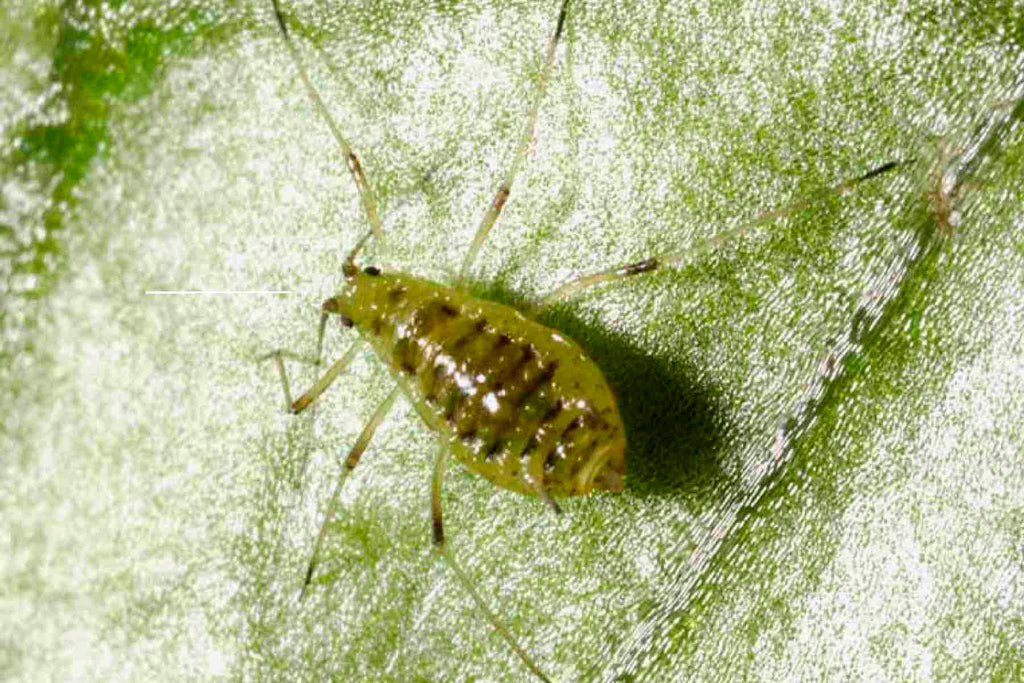Insects & Fungal Pests

White butterfly .
White Butterfly (aka Cabbage Whites) are found throughout NZ. They have been in New Zealand from the early 1930s and feed on most Brassicas.
Their wingspan typically measures 45–50mm.

Springtails .
Springtails are tiny, wingless, soft bodied insects, which are 0.5 to 3 mm long. They have a forked jumping tail enabling them to leap away when threatened, which is what tgives them their name.

Moluscs | Slugs | Snails .
Slugs and snails are molluscs. They hide during the day in damp areas under leaf litter or plants. They are most active at night and in warm humid weather.

Nysius .
In forage brassicas Nysius suck fluid from seedlings, decreasing rates of plant establishment.

Leaf miner .

Grass grub .
The larvae eat plant roots, damaging pasture, orchards and vineyards.
In pasture, the grubs feed on the roots causing tell-tale dead patches or yellowed alreas.

Fall army worm .

Diamond back moth .

Cutworm .
The moths are a mottled dark to greyish-brown, with males lighter than females. They are approximately 40-45 mm long with a rectangular shape, when wings are not expanded. They lay eggs one at a time or in groups, often on broadleaf weeds.
Younger caterpillars can usually be found on leaves, and are greyish green to reddish brown in colour.

Army worm .
Young caterpillars are light green while older caterpillars are dark green to brown/green, growing up to 50mm long. They sometimes have yellow stripes and triangular black markings on each side. They are generally nocturnal, hiding during the day.

Aphids .
Green aphids are the most common, but there are also black, white, and woolly aphids in NZ. They reproduce very fast in warmer months.
Aphids feed by sucking sap. In the process they weaken plants and spread disease. The honeydew they secrete attracts ants and wasps, and provides a growing medium for sooty mould.

Argentine stem weevil .
Adults feed on the foliage but it is the larvae that cause the most damage. Larvae burrow into and mine the tiller, eventually killing it.

